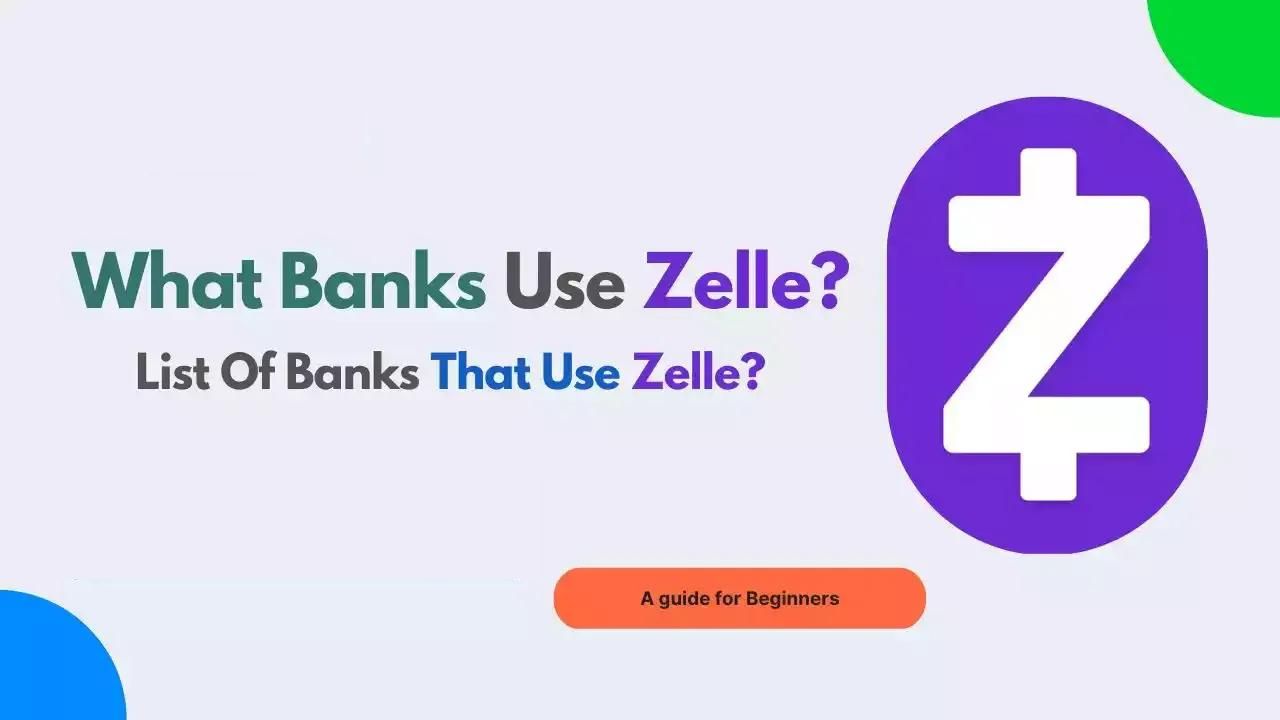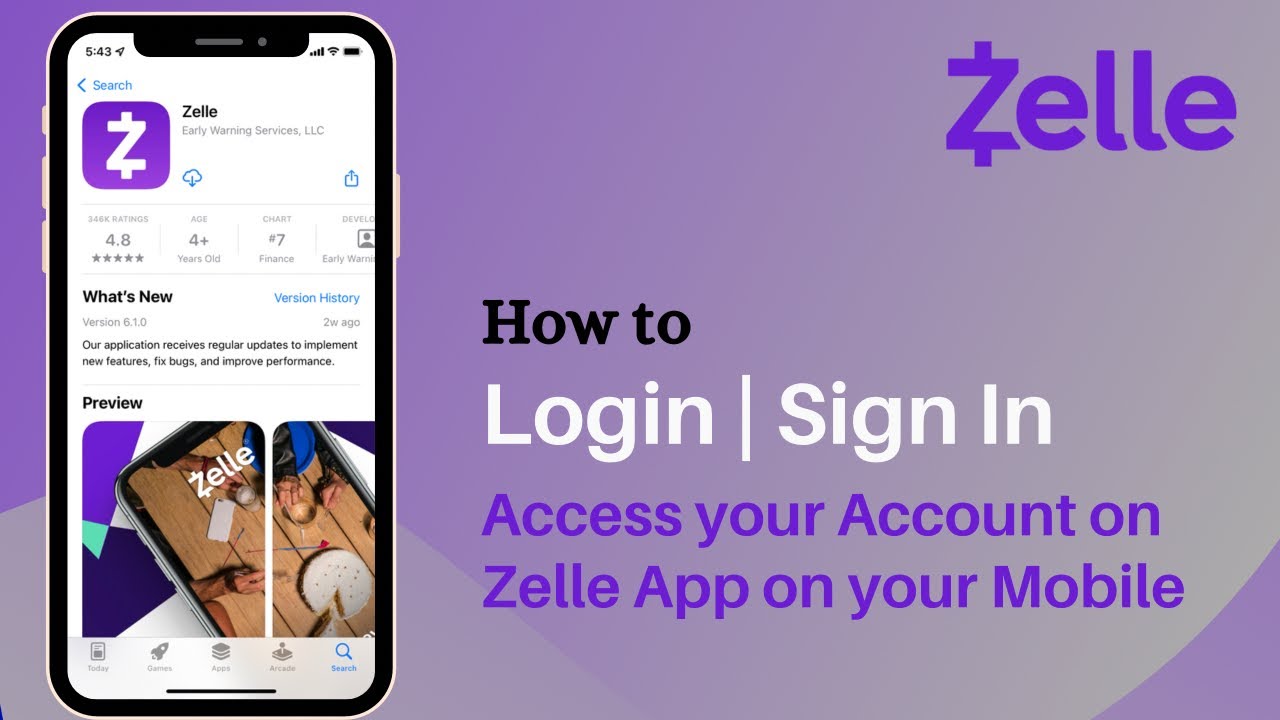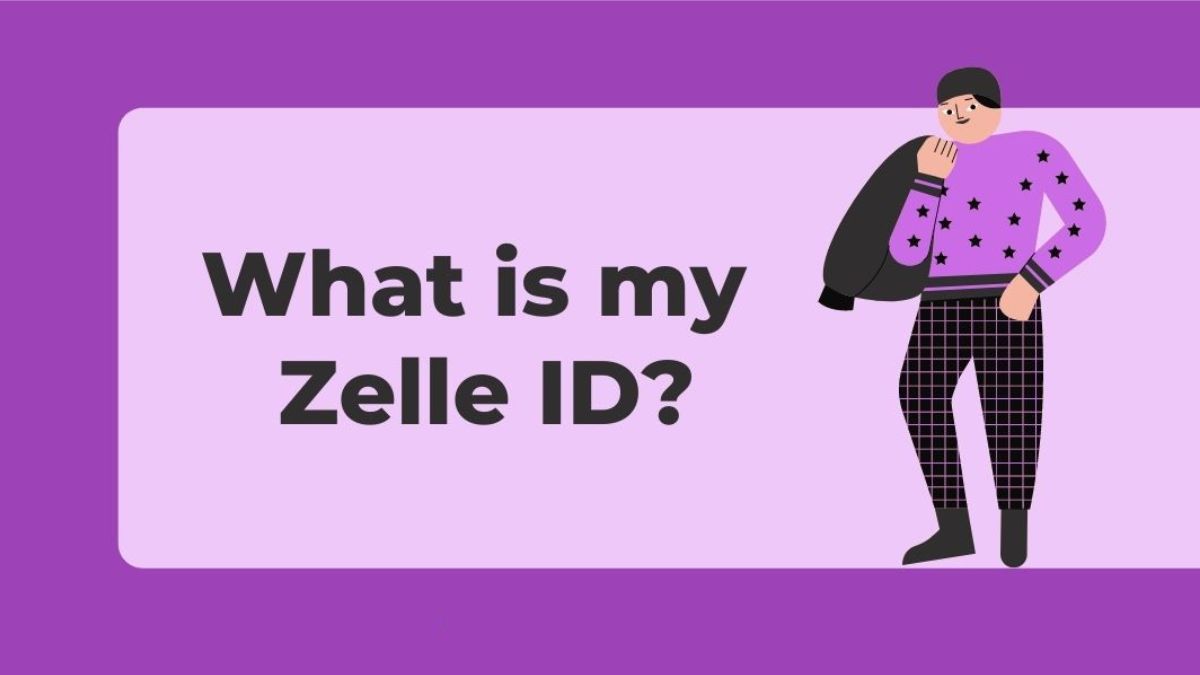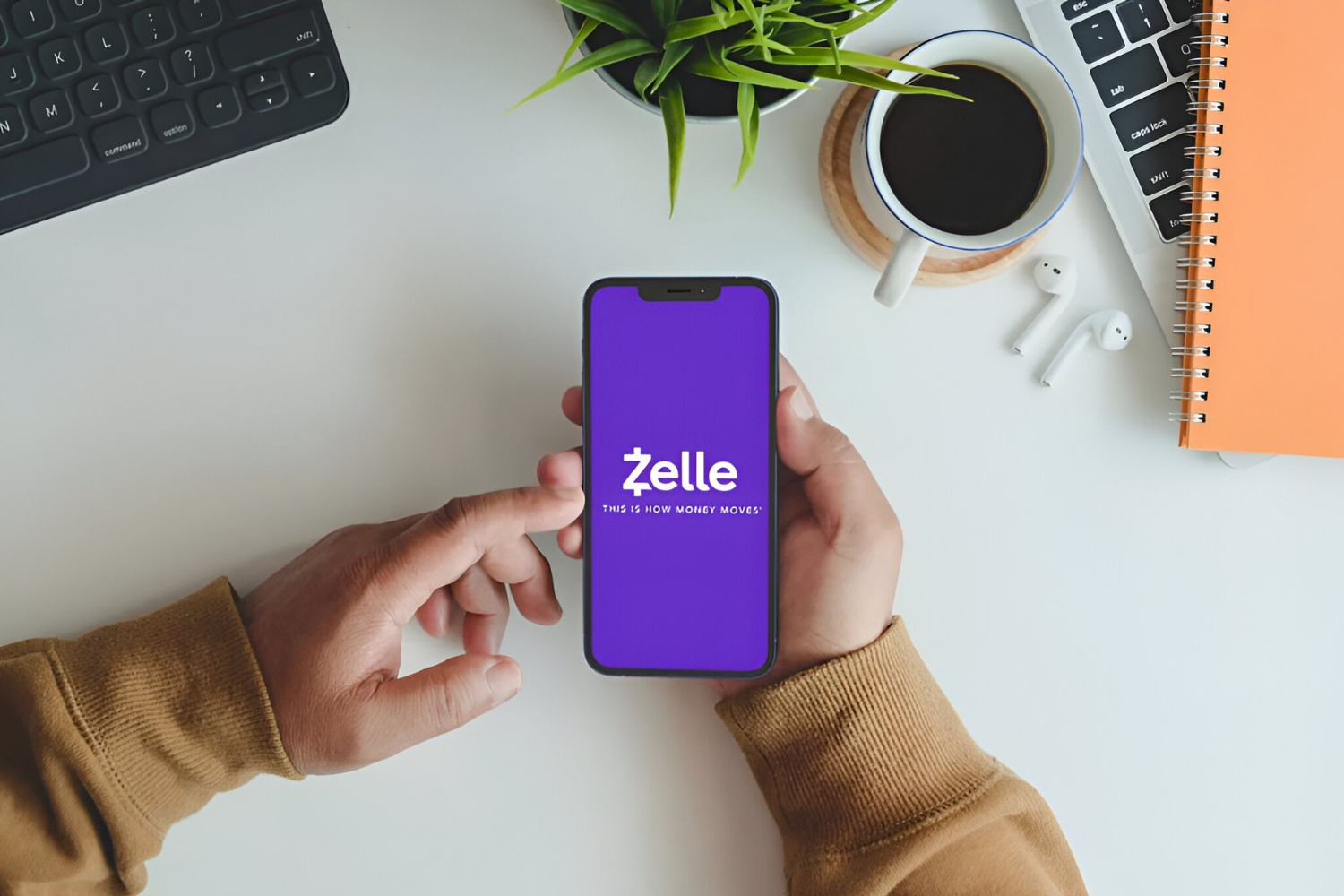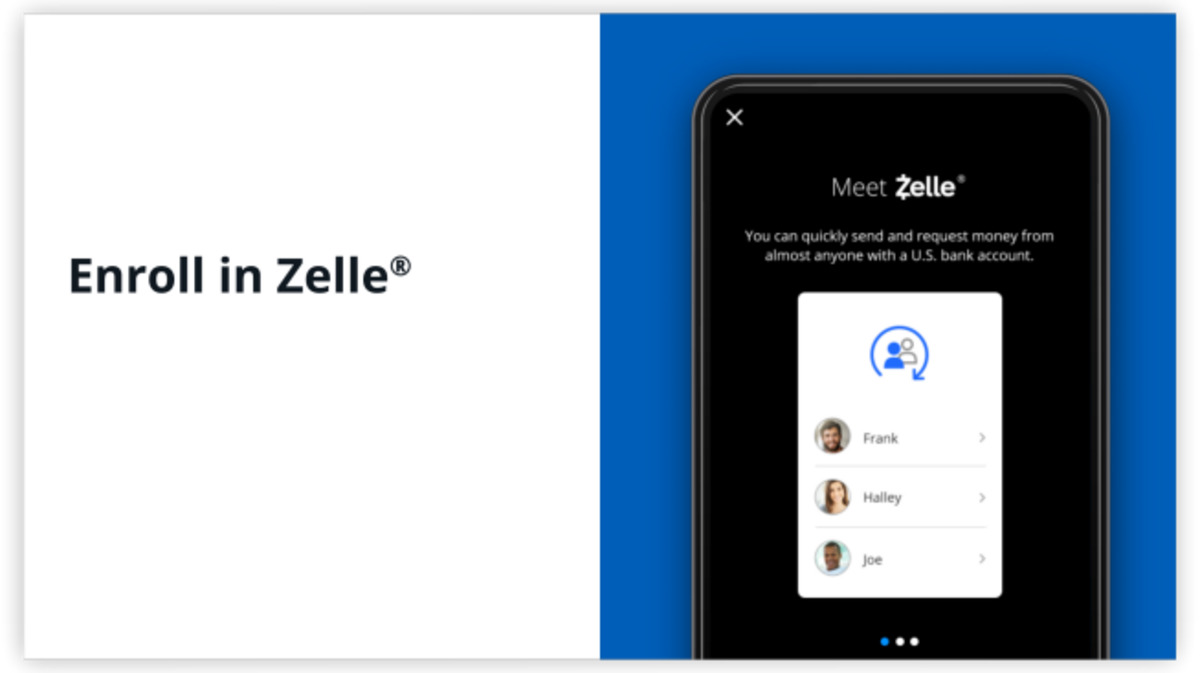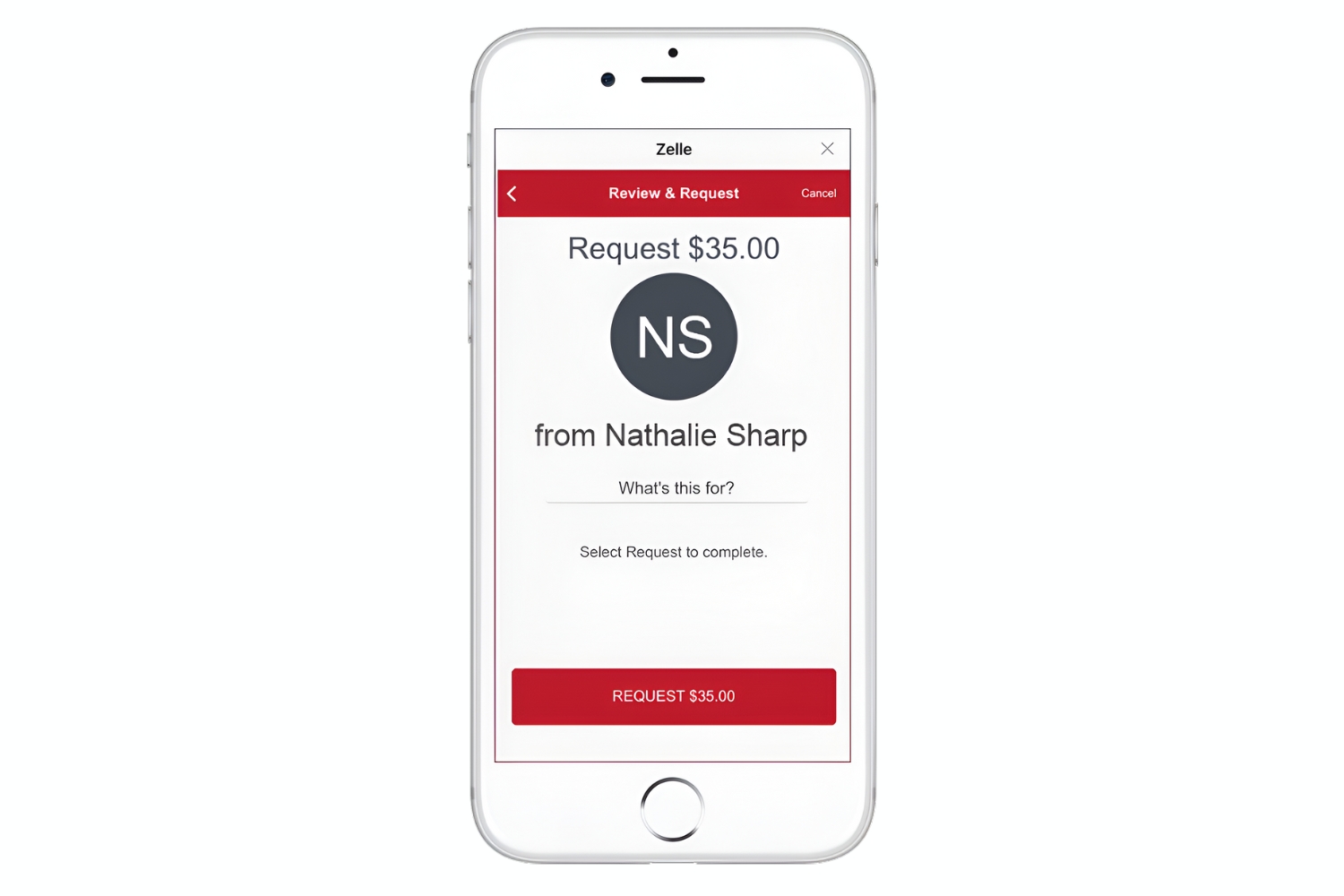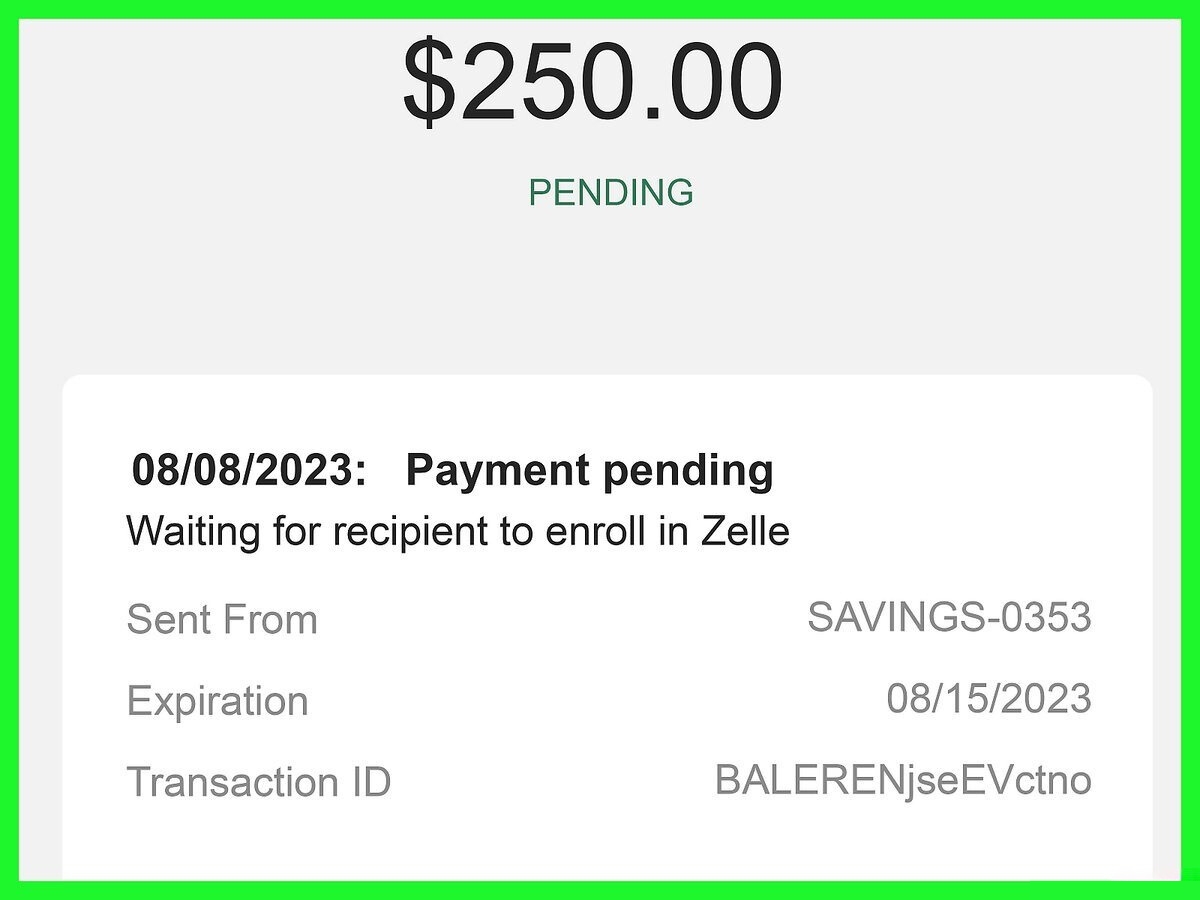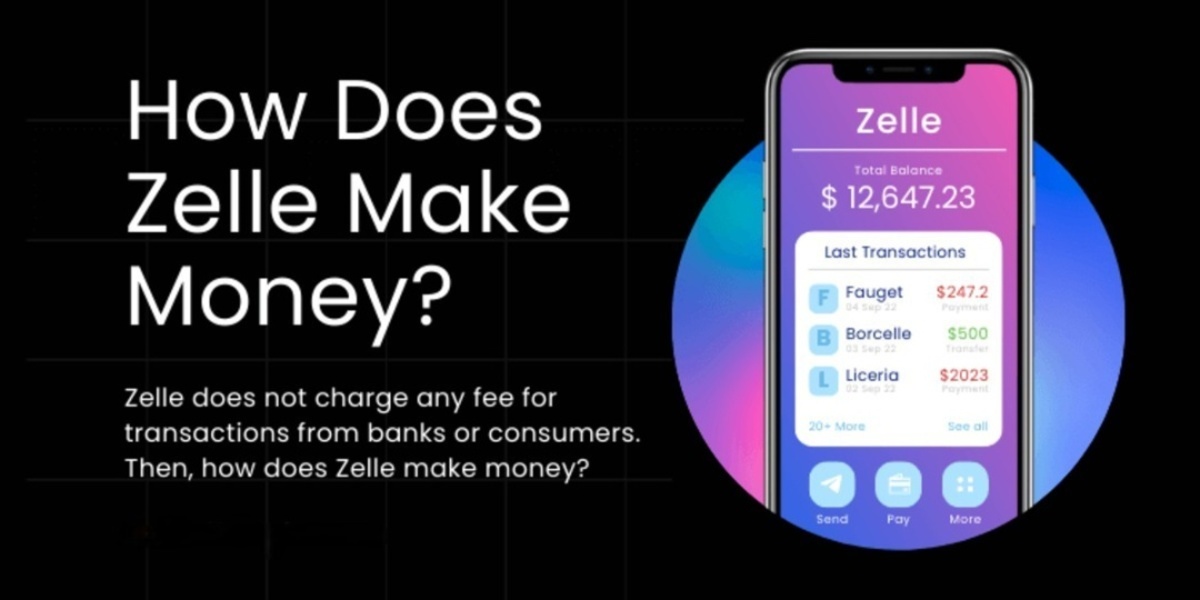Introduction
Welcome to the world of digital banking, where sending and receiving money has become easier and more convenient than ever before. In recent years, peer-to-peer (P2P) payment apps have gained popularity, revolutionizing the way we transfer funds. One such app that has emerged as a leader in the P2P payment space is Zelle.
With Zelle, you can send money directly from your bank account to another person’s bank account, instantly and securely. No more dealing with cash or checks, no more waiting for funds to clear. Whether you need to split a bill, pay your share of the rent, or send money to a family member, Zelle allows you to do it all seamlessly from the comfort of your smartphone.
But what exactly is Zelle, and how does it work? In this article, we will explore the ins and outs of Zelle, its benefits, and how to get started using this convenient P2P payment app.
So, if you’re curious about Zelle and its capabilities, continue reading to discover how this innovative app can simplify your financial transactions and make your life easier.
What is Zelle?
Zelle is a fast, safe, and easy way to send and receive money directly between bank accounts in the United States. It eliminates the need for cash, checks, or wire transfers by enabling users to make payments digitally with just a few taps on their smartphones.
Unlike other P2P payment apps, Zelle is not a standalone service or a separate application that needs to be downloaded. Instead, it is integrated within the online and mobile banking platforms of participating banks and credit unions. This means that if your bank supports Zelle, you can access it directly through your existing banking app or website.
One of the key advantages of Zelle is its speed. When you send money using Zelle, the funds are typically available to the recipient within minutes, making it ideal for urgent payments or splitting bills on the go. You no longer have to wait days for checks to clear or worry about carrying large amounts of cash.
Additionally, using Zelle is incredibly convenient. You can send money to anyone who has a U.S. bank account, as long as they are enrolled with Zelle through their participating bank or credit union. There’s no need to exchange sensitive banking information or worry about handling paper transactions.
Zelle also offers a secure platform for financial transactions. Since it operates within the existing infrastructure of participating banks, your transfers are protected by multiple layers of encryption and authentication protocols. This helps to ensure that your money and personal information stay safe and secure.
With its user-friendly interface and seamless integration, Zelle has become a trusted method for transferring money between individuals. Whether you need to repay a friend, split bills with roommates, or send money to family members, Zelle provides a convenient and secure solution.
How Does Zelle Work?
Understanding how Zelle works is essential to fully utilize its capabilities and take advantage of its seamless money transfer process.
To get started with Zelle, you need to have a bank account with one of the participating banks or credit unions that offer Zelle integration. If your bank supports Zelle, you can access it through your existing online or mobile banking platform. Simply look for the Zelle option within your banking app or website and follow the enrollment process.
Once enrolled, you can start using Zelle to send money to anyone with a U.S. bank account. To initiate a transfer, you need the recipient’s email address or mobile number. Simply enter the recipient’s details and the amount you wish to send.
When you send a payment using Zelle, the recipient will receive a notification via email or SMS, depending on the contact information provided. If the recipient is already enrolled with Zelle, the funds will be directly deposited into their bank account within minutes. If the recipient is not enrolled, they will receive instructions on how to enroll and claim the funds.
One important aspect to note is that both the sender and recipient must have bank accounts with participating banks or credit unions to use Zelle. If either party does not have a bank account with Zelle integration, the transaction may not be successful.
Another key feature of Zelle is that there are no transaction fees for sending or receiving money. Unlike other payment apps that charge a percentage or flat fee for transactions, Zelle is typically offered as a free service by participating banks. However, it’s always a good idea to check with your bank to confirm if any fees apply.
It’s worth mentioning that there are certain limitations to using Zelle. Each bank sets its own limits on the amount of money you can send or receive daily or per transaction. These limits can vary, so it’s important to check with your bank to understand the specific limits that apply to your Zelle transactions.
Overall, Zelle offers a straightforward and user-friendly way to transfer money between bank accounts, providing a fast, secure, and convenient digital payment solution for individuals across the United States.
Benefits of Using Zelle
Using Zelle for your financial transactions comes with a multitude of benefits that make it a preferred choice for many individuals. Let’s explore some of the key advantages of using Zelle.
1. Speed and Convenience: One of the major benefits of using Zelle is the speed at which transactions are processed. When you send money through Zelle, it is typically available to the recipient within minutes. This makes it ideal for urgent payments and eliminates the need to wait for checks to clear or carry cash.
2. Seamless Integration: Zelle is seamlessly integrated into the online and mobile banking platforms of participating banks and credit unions. This means you don’t need to download a separate app or create another account. You can access Zelle directly through your existing banking app or website, making it incredibly convenient.
3. Accessibility: Zelle provides a widespread network of participating banks and credit unions, making it accessible to a large number of individuals across the United States. As long as both the sender and recipient have bank accounts with participating institutions, they can easily send and receive money using Zelle.
4. Security: Zelle prioritizes the security of your money and personal information. Since it operates within the infrastructure of participating banks, your transactions are protected by multiple layers of encryption and authentication protocols. This helps to ensure that your transfers are safe and secure.
5. No Transaction Fees: Sending and receiving money through Zelle is typically free of charge. Unlike other payment apps that charge fees for transactions, Zelle is often offered as a complimentary service by participating banks. However, it is recommended to check with your bank to confirm if any fees apply.
6. Versatility: Zelle can be used for various types of transactions, ranging from splitting bills with friends and family to paying rent or reimbursing someone. It provides a versatile solution for managing your finances and simplifies the process of transferring money between bank accounts.
7. User-Friendly Interface: Zelle offers a user-friendly interface that is easy to navigate and understand. With its intuitive features and clear instructions, even those who are less tech-savvy can quickly adapt to using Zelle for their financial transactions.
8. Real-Time Notifications: When you send or receive money using Zelle, you receive real-time notifications to keep you updated on the status of your transaction. This enables you to stay informed and have peace of mind knowing that your funds have been successfully transferred.
Overall, using Zelle provides a range of benefits, including speed, convenience, security, and versatility. Whether you need to send money to a friend, pay a bill, or reimburse someone, Zelle offers a reliable and efficient solution for your P2P payment needs.
How to Sign Up for Zelle
Signing up for Zelle is a straightforward process that can be completed within your existing online or mobile banking platform. Here are the general steps to sign up for Zelle:
1. Check if your bank offers Zelle: Start by confirming whether your bank or credit union supports Zelle. Visit their website or contact their customer service to find out if Zelle is available for use.
2. Access Zelle through your banking app or website: Once you confirm that your bank offers Zelle, log in to your online banking account or open your mobile banking app. Look for the Zelle option within the platform. It is usually found under the payments or transfers section.
3. Enroll with Zelle: Follow the prompts to enroll with Zelle. You may need to provide your contact information, such as your email address or mobile number, to link it to your bank account. In some cases, your contact information may already be linked to your account, and you just need to verify it.
4. Verify your identity: To ensure the security of your transactions, you may be asked to verify your identity. This can be done by providing personal details, answering security questions, or confirming additional information related to your bank account.
5. Link your bank account: Once you have enrolled with Zelle and verified your identity, you will need to link your bank account to the service. This typically involves selecting your bank from a list of participating institutions and providing your account details. This step is necessary to enable the seamless transfer of funds between your bank account and Zelle.
6. Review and accept the terms and conditions: Before finalizing your enrollment in Zelle, carefully review the terms and conditions associated with the service. Make sure you understand the privacy policies, transaction limits, and any applicable fees that may be associated with your Zelle transactions.
7. Start sending and receiving money: Once you have successfully signed up for Zelle, you can begin using the service to send and receive money directly from your bank account. Simply enter the recipient’s email address or mobile number, specify the amount, and confirm the transaction.
Remember, the exact process may vary slightly depending on your bank or credit union. It’s always a good idea to consult your bank’s website or contact their customer service for specific instructions on how to sign up for Zelle.
By following these steps and enrolling with Zelle, you can enjoy the convenience of seamless money transfers and simplify your P2P transactions.
Zelle Fees and Limits
One of the advantages of using Zelle for peer-to-peer money transfers is that it is often offered as a free service by participating banks. However, it is important to note that fees and limits may vary depending on your specific financial institution. Here are some key factors regarding Zelle fees and limits that you should be aware of:
Transaction Fees: In general, sending and receiving money through Zelle does not incur any transaction fees. It is typically offered as a complimentary service by participating banks. However, it is always a good idea to check with your own bank to confirm if any fees apply, as policy may vary.
Transfer Limits: Each bank sets its own limits on the amount of money you can send or receive through Zelle. These limits can be daily, weekly, or per transaction limits. It is important to be aware of these limits, as attempting to exceed them may result in a failed or delayed transaction. Contact your bank or refer to their website for information on the specific transfer limits that apply to your Zelle transactions.
Transaction Speed: Zelle’s transaction speed is one of its key advantages. In most cases, transferred funds are available to the recipient within minutes. This real-time processing allows for quick access to funds and eliminates the need to wait for checks to clear or for traditional money transfer methods to go through.
Recipient Verification: When sending money through Zelle, it is important to verify the recipient’s email address or mobile number before initiating the transaction. This helps ensure that the funds are sent to the intended recipient and reduces the risk of sending money to the wrong person accidentally.
Associated Bank Account: Both the sender and the recipient must have bank accounts with participating banks or credit unions to use Zelle. This requirement ensures that the funds can be directly deposited into the recipient’s bank account. If either party does not have a bank account with Zelle integration, the transaction may not be successful.
It is important to note that the information provided here regarding Zelle fees and limits is general in nature. To get the most accurate and up-to-date information, it is recommended to contact your bank directly or visit their website for the specific details related to Zelle fees and limits that apply to your account.
By being aware of the fees and limits associated with Zelle, you can effectively manage your P2P transactions and ensure a smooth and hassle-free experience when sending and receiving money through the platform.
Zelle vs. Other P2P Payment Apps
Zelle is just one of the many peer-to-peer (P2P) payment apps available in the market. While they all serve the purpose of enabling easy and convenient money transfers, there are some key differences that set Zelle apart from other P2P payment platforms. Let’s compare Zelle to other popular P2P payment apps to understand its unique offering:
Zelle vs. Venmo: Venmo is a widely used P2P payment app known for its social element, allowing you to share payment activity with friends. Compared to Venmo, Zelle offers faster transfers, with funds typically available in minutes. Zelle is also directly integrated within your banking app, eliminating the need to maintain a separate account or transfer funds from Venmo to a bank account.
Zelle vs. PayPal: PayPal is a versatile platform that allows for a wide range of payment transactions, including P2P transfers. While both Zelle and PayPal offer fast transfers, Zelle has an advantage in terms of speed, with instant availability of funds. Additionally, Zelle does not charge transaction fees for most transfers, whereas PayPal may have fees for certain transactions.
Zelle vs. Cash App: The Cash App (formerly known as Square Cash) offers similar features to Zelle, allowing for quick and easy P2P money transfers. However, Zelle has the advantage of being directly integrated with participating banks, providing a seamless user experience. Additionally, Zelle is often offered as a free service by participating banks, whereas Cash App may charge fees for certain transactions.
Zelle vs. Apple Pay: Apple Pay is primarily designed for making payments in stores or online using Apple devices. While it does offer P2P payment features through Apple Cash, Zelle is specifically focused on peer-to-peer transfers. Zelle’s advantage lies in its wider network of participating banks and credit unions, ensuring accessibility to a larger user base across different financial institutions.
Zelle vs. Google Pay: Similar to Apple Pay, Google Pay is primarily used for making digital payments in stores or online. While it does offer P2P money transfers, Zelle provides a more dedicated platform for seamless and instantaneous transfer of funds between bank accounts. Zelle’s direct integration with participating banks also eliminates the need for additional apps or accounts.
Overall, Zelle differentiates itself from other P2P payment apps by offering faster transfers, seamless integration with participating banks, and often being provided as a complimentary service. It is important to consider your specific needs and preferences when choosing a P2P payment app, as features and fees can vary between different platforms.
By understanding the differences between Zelle and other P2P payment apps, you can make an informed decision on the app that best suits your financial requirements and preferences.
Is Zelle Safe to Use?
Security is always a top concern when it comes to financial transactions, and it is essential to ensure the safety of your money and personal information. With that in mind, let’s explore how safe it is to use Zelle for your peer-to-peer transfers.
Zelle takes several measures to ensure the security of its users’ transactions:
Bank Integration: Zelle operates within the existing infrastructure of participating banks and credit unions. This means that your transfers are protected by the security protocols and measures already in place at your bank. The integration provides an added layer of security, as your funds are transferred directly between bank accounts.
Encryption and Authentication: Zelle uses multiple layers of encryption and authentication to safeguard your sensitive information. When you initiate a transfer, your personal and financial data is securely transmitted to ensure confidentiality and protection. This helps prevent unauthorized access and ensures that your information remains secure.
Verification: Zelle requires both the sender and recipient to verify their identities for added security. This verification process helps ensure that the funds are directed to the intended recipient, reducing the risk of fraudulent activity or mistaken transfers.
Fraud Protection: In the unfortunate event of unauthorized activity or fraud, Zelle offers certain protections to its users. However, it’s important to note that the specific fraud protection policies may vary between different banks and credit unions that offer Zelle. It is recommended to review your bank’s terms and conditions regarding fraud protection and liability coverage.
User Responsibility: While Zelle takes measures to ensure the security of its platform, it is also essential for users to take responsibility for their own security. This includes using strong and unique passwords, keeping personal credentials confidential, and regularly monitoring account activity for any suspicious transactions.
It is important to note that no system is completely immune to security risks, and it is always advisable to exercise caution when conducting financial transactions online. Be wary of phishing attempts, protect your login credentials, and report any suspicious activity to your bank immediately.
Overall, Zelle is considered safe to use due to its integration with established banking systems, encryption and authentication protocols, and verification processes. However, it is crucial to remain vigilant and follow best security practices to protect your information and financial transactions.
Conclusion
Zelle has emerged as a leading peer-to-peer payment app, revolutionizing the way we transfer money between bank accounts. With its seamless integration, speed, and convenience, Zelle offers a range of benefits for users looking to simplify their financial transactions.
Whether you need to split a bill with friends, pay your share of the rent, or send money to family members, Zelle provides a secure and efficient platform to transfer funds within minutes. By eliminating the need for cash, checks, or wire transfers, Zelle streamlines the payment process and eliminates the hassle of traditional methods.
With Zelle, you can have peace of mind knowing that your transfers are protected by multiple layers of encryption and authentication protocols. The integration within participating banks ensures that your funds are transferred directly between bank accounts, adding an extra level of security.
Signing up for Zelle is a straightforward process within your existing online or mobile banking platform. Once enrolled, you can start sending and receiving money to anyone with a U.S. bank account, as long as they are also enrolled with Zelle through their participating bank or credit union.
While Zelle offers numerous benefits, it’s important to be aware of any fees, transaction limits, and specific policies of your bank or credit union. Understanding these details can help you make the most of this convenient payment app.
While Zelle is generally safe to use, it’s always important to practice good security measures and be vigilant against potential fraud or phishing attempts. Protecting your personal information and monitoring your account activity can help ensure a safe and secure experience with Zelle.
In conclusion, Zelle stands as a reliable and user-friendly platform for peer-to-peer money transfers, providing individuals across the United States with a convenient and secure way to send and receive funds. By leveraging the benefits of Zelle, you can simplify your financial transactions and have greater control over your money.









